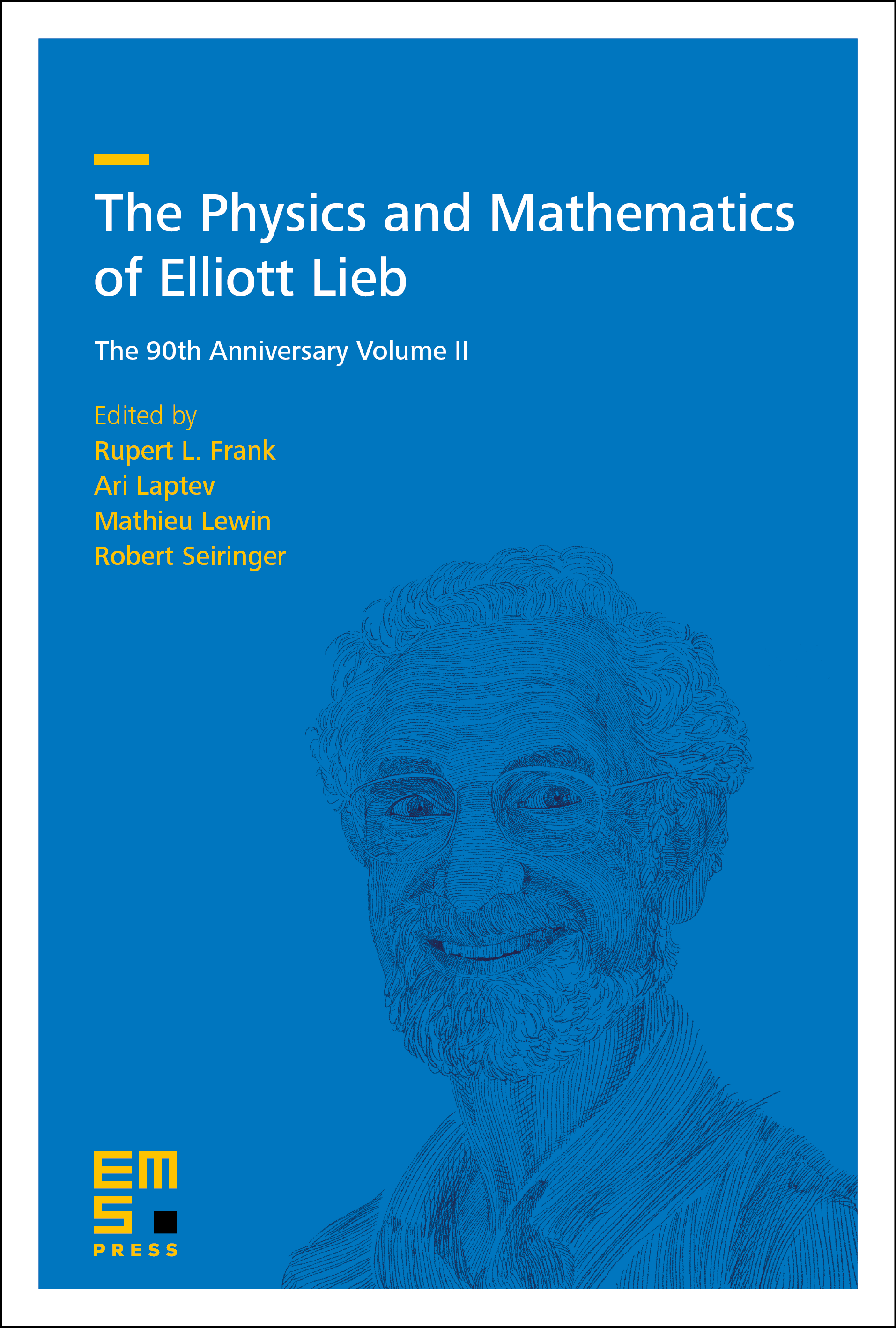Lieb’s spin-reflection-positivity method, Lieb lattice and all that
Guang-Shan Tian
Peking University, Beijing, China

A subscription is required to access this book chapter.
Abstract
In the present chapter we review some rigorous results derived with Lieb’s spin-reflectionpositivity method in a pedagogical manner. To begin with, we emphasize the important role played by the sign rule satisfied by the ground-state wave function of a quantum many-body system. For example, we study some localized spin systems, such as the antiferromagnetic Heisenberg model, in detail. Then we argue why such a rule is difficult to establish for the ground-state wave functions of itinerant electron models. By using the spin-reflection-positivity method, we show that this problem can be partially remedied. A weaker form of the sign rule is uncovered. It enables us to prove several inequalities satisfied by either an electron pairing correlation function or a magnetic correlation function of the Hubbard model on a bipartite lattice. These inequalities imply that, if a bipartite lattice has macroscopically unequal numbers of sublattice sites, then the Hubbard model at half-filling is either a supersolid or a ferrimagnet. Similar inequalities can also be proven for the periodic Anderson model and the Kondo lattice model. Finally, by applying a generalized version of the spin-reflection-positivity method, we further establish an inequality satisfied by the charged and spin gaps of these models. Based on them, we make some audacious conjectures, and then we summarize this chapter.